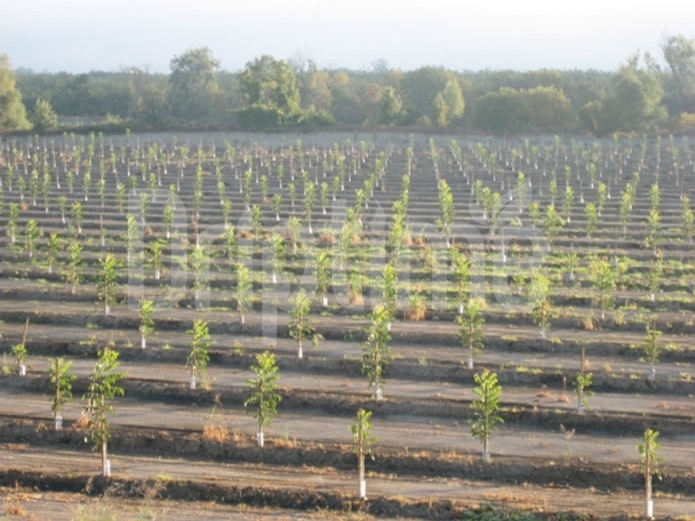 November 04 2023
November 04 2023
Drip Irrigation in Walnut
Efficient Irrigation in Walnut Orchards with Driptime Drip Irrigation Systems
Irrigation plays a crucial role in maximizing walnut yield and tree health. As global agricultural practices evolve, more walnut growers are turning to drip irrigation systems for their efficiency, sustainability, and long-term benefits.
Irrigation in Walnut Orchards Starts in Spring
Spring marks the beginning of the most critical period for walnut tree irrigation. This season covers key growth phases, including vegetative development, flowering, fruit set, and nut filling. During this time, ensuring proper water supply directly affects the quality and quantity of the harvest.
Walnut water needs vary depending on factors such as tree age, soil type, and climate. However, the large canopy and leaf surface of walnut trees cause high water loss through transpiration, increasing their water requirements significantly.
Water Requirements in Walnut Production
In fully developed walnut orchards, annual water needs range from 1200 mm to 1350 mm, influenced by regional rainfall. Irrigation typically begins in early spring and continues until harvest in late summer or early autumn. While some farms still use furrow or sprinkler irrigation, these traditional methods often lead to water loss, uneven distribution, and weed growth.
Why Drip Irrigation is the Best Solution for Walnuts
Drip irrigation systems have become the preferred solution in modern walnut cultivation for several key reasons:
-
Precise water delivery to the root zone of each tree
-
Uniform moisture distribution across the orchard
-
Minimized water waste and evaporation
-
Lower risk of disease due to dry foliage and surface
-
Compatibility with fertigation, enabling nutrients to be delivered with irrigation
These advantages translate into healthier trees, improved nut quality, and optimized use of water and fertilizer resources.
The Driptime Advantage in Walnut Irrigation
Driptime Drip Irrigation Systems are engineered to support the specific needs of walnut cultivation. Designed to deliver water at the right time and in the right amount, our systems ensure efficient irrigation management throughout the growing season.
Key benefits of Driptime systems include:
-
Consistent water flow and pressure control
-
Durable materials suitable for long-term orchard use
-
Easy integration with fertigation systems
-
Reduced labor and maintenance requirements
By choosing Driptime, walnut growers gain a reliable partner in achieving higher yields, better water efficiency, and sustainable orchard management.

